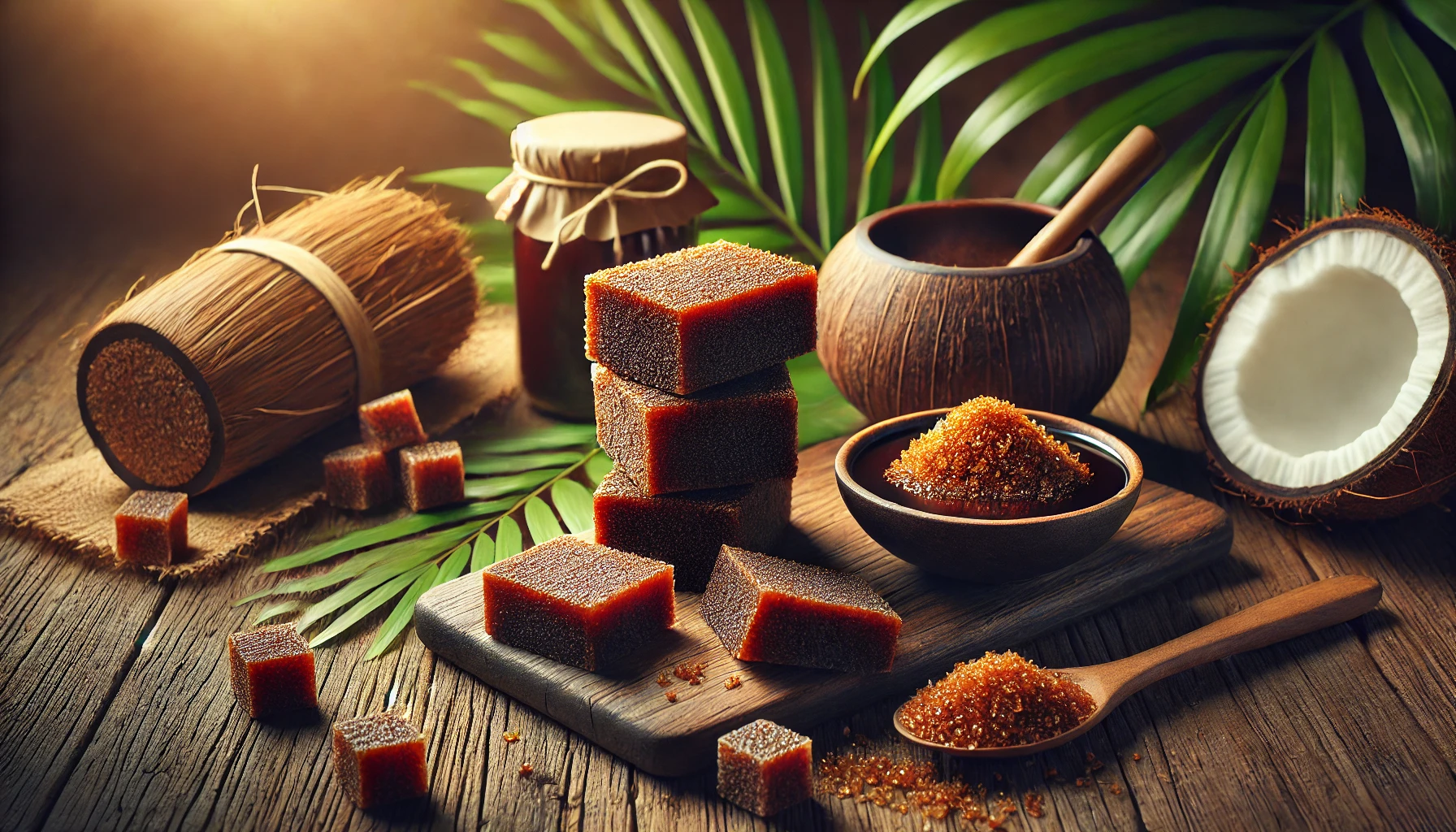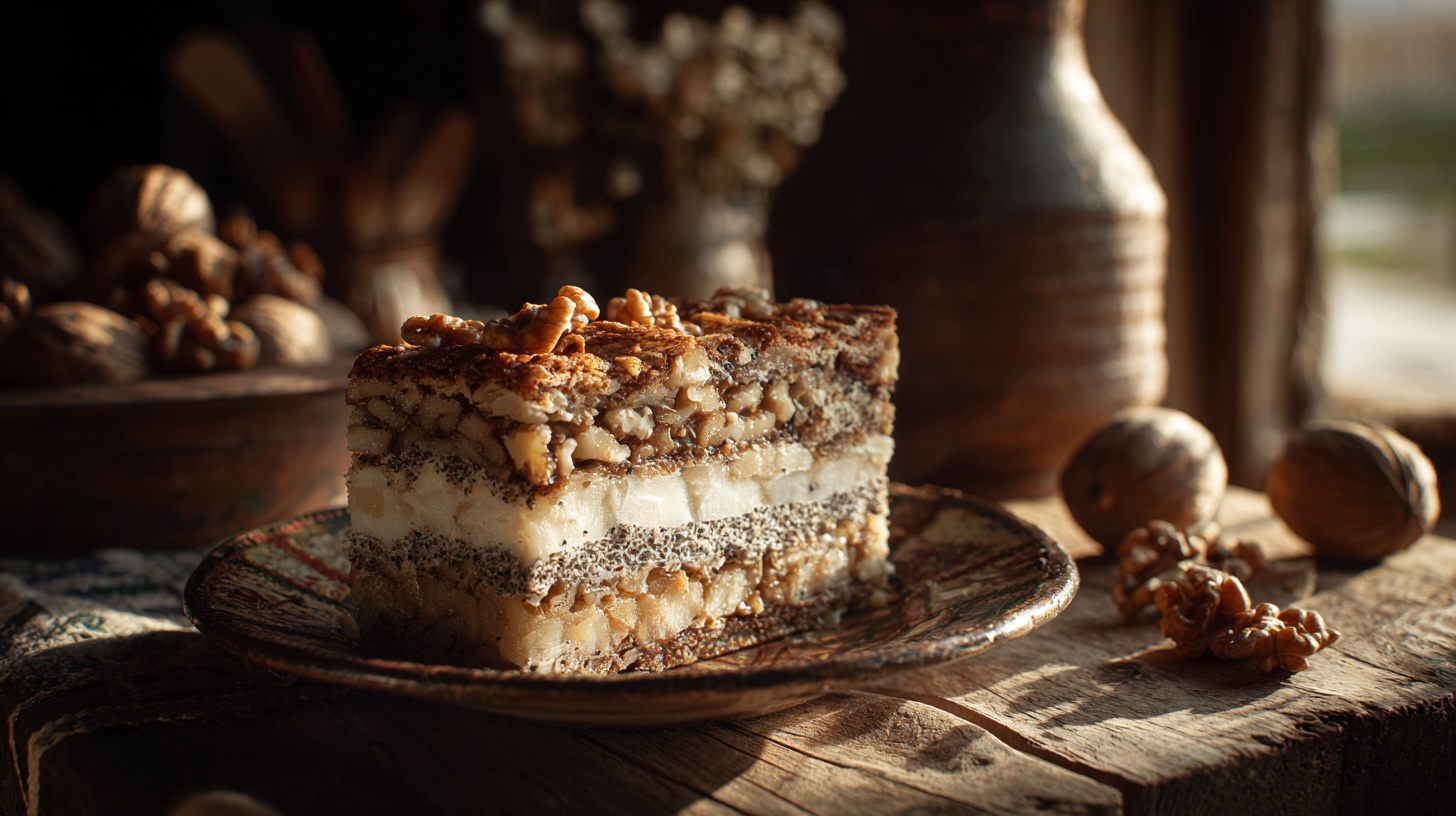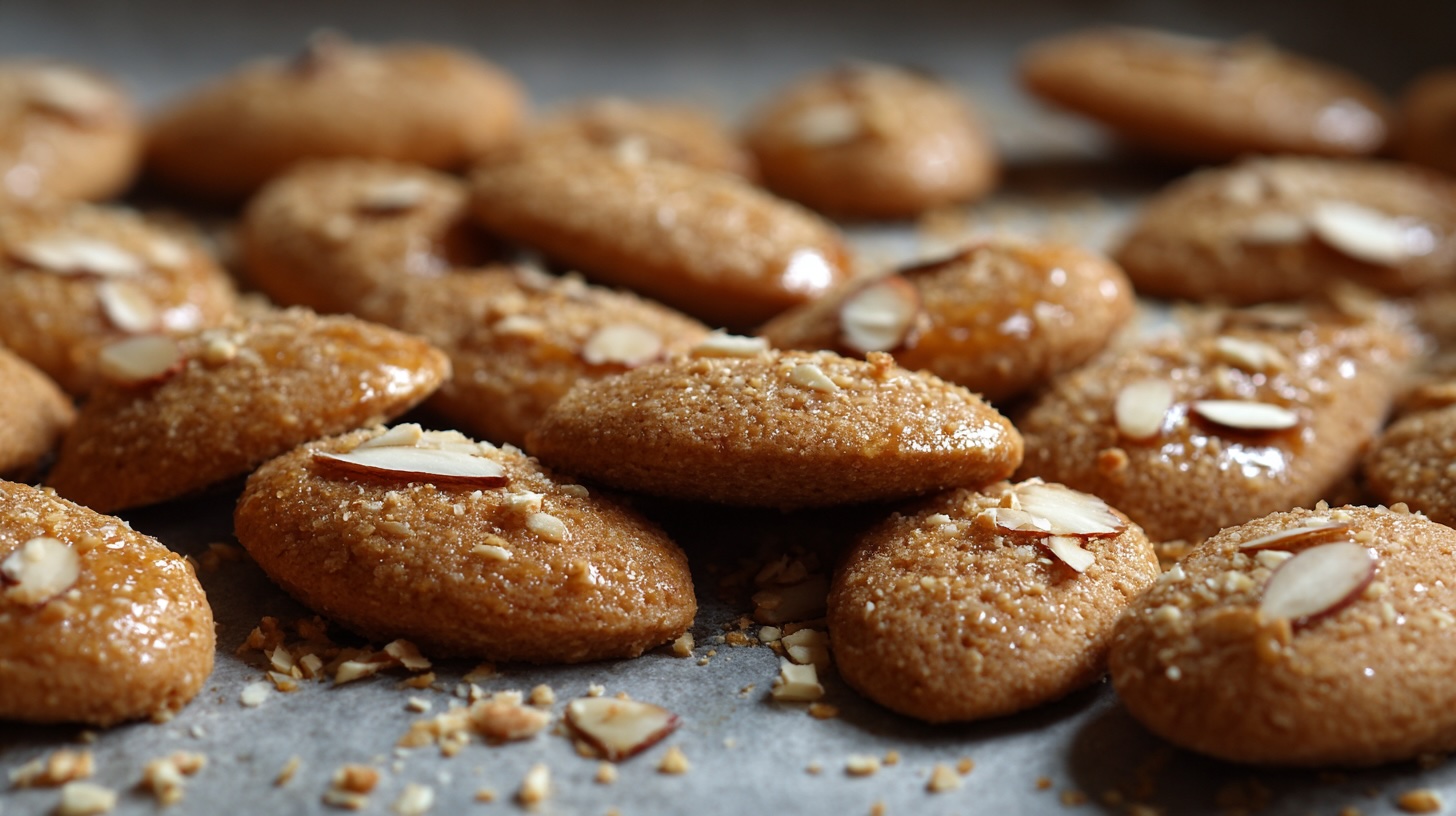Gula Melaka: The Sweetheart of Southeast Asia
Gula melaka might not have the celebrity status of chocolate or the trendiness of maple syrup, but in Southeast Asia, it’s nothing short of royalty. This dark, caramel-like palm sugar has been sweetening dishes, drinks, and lives for centuries, and it’s high time the world gives it the recognition it deserves.
What makes this ingredient stand out from the endless array of sweeteners? It’s all about depth. While white sugar is content being one-dimensional, gula melaka is over here throwing a party with rich, smoky, toffee-like notes that feel like a warm hug for your taste buds.
Gula melaka: A Sweet Origin Story
Gula melaka comes from the sap of the coconut palm or date palm, lovingly harvested and boiled down into a thick syrup before being moulded into blocks or discs. It’s named after Melaka, a historical state in Malaysia that has been a hub for trade and culinary magic. This isn’t your average sugar; it’s sugar with a story, steeped in tradition and culture.
Artisanal gula melaka is often made in small batches, with farmers climbing coconut trees to tap the sap. It’s a labour-intensive process, but the result is worth every drop of sweat. Unlike heavily processed sweeteners, it retains its natural flavours and nutrients, making it a favourite in kitchens across Southeast Asia.
The Culinary MVP
Gula melaka is the secret ingredient that makes everything taste better. In desserts, it’s the heart and soul of treats like ondeh-ondeh, chendol, and kuih talam, where its smoky sweetness pairs beautifully with coconut. But it doesn’t stop there. This versatile sweetener also finds its way into savoury dishes, marinades, and sauces, lending complexity to flavours that keep you coming back for more.
Let’s not forget beverages. From kopi o (black coffee) to teh tarik, gula melaka is a beloved alternative to plain sugar, elevating the drink with its unique depth. It’s like adding a sprinkle of nostalgia and a pinch of warmth to every sip.
Not All Sugars Are Created Equal
In the world of sweeteners, gula melaka is like that effortlessly cool friend who doesn’t need to try too hard. It’s unrefined and all-natural, which means it retains minerals like iron, potassium, and calcium. Sure, it’s still sugar and should be consumed in moderation, but if you’re going to indulge, why not make it count?
Unlike refined white sugar, gula melaka is free from chemicals and additives. Its production process is simple and sustainable, making it a sweet choice for those who care about the environment and their health. Plus, the flavour is so bold and distinctive that you often need less of it to achieve the same level of sweetness.
Fun Facts
Did you know that gula melaka can vary widely depending on the type of palm tree it comes from and the region where it’s made? Coconut palm sugar is the most common, but date palm sugar brings its own unique twist to the table. Some purists swear by traditional handmade varieties, which are often considered the gold standard.
And here’s a little secret: gula melaka is amazing in Western desserts too. Swap out regular sugar for a touch of it in your brownies, cookies, or even pancake syrup, and you’ll understand why Southeast Asia holds it in such high regard.
Bringing Gula Melaka Into Your Kitchen
If you’ve never cooked with gula melaka before, you’re missing out on a whole new level of flavour. It’s easy to use—just shave off what you need with a knife or grate it into a fine powder. It melts beautifully, making it perfect for syrups, caramels, and even salad dressings.
Whether you’re creating traditional Southeast Asian dishes or experimenting with fusion recipes, gula melaka adds a touch of authenticity and an irresistible depth of flavour. Think of it as your kitchen’s secret weapon—a sweetener that doesn’t just sweeten but transforms.



